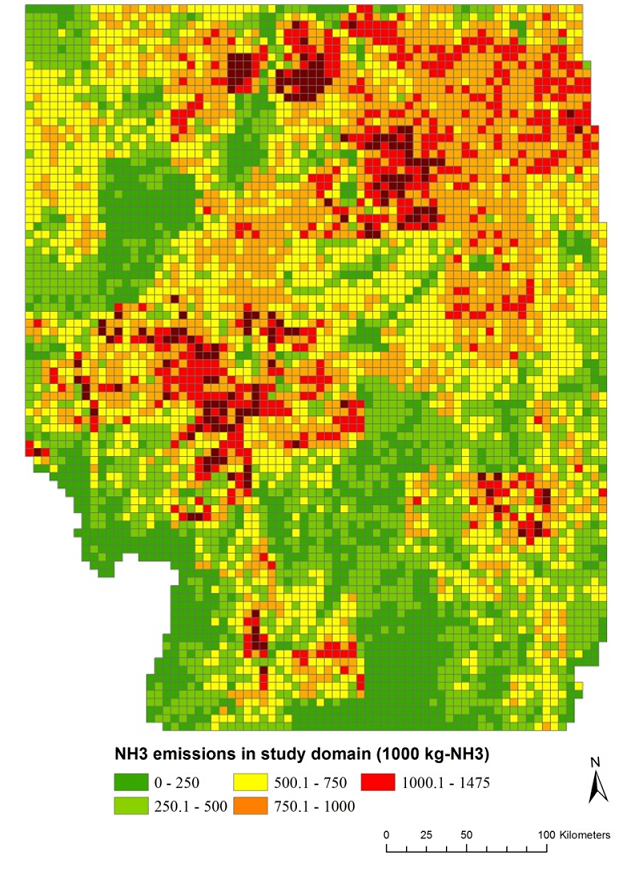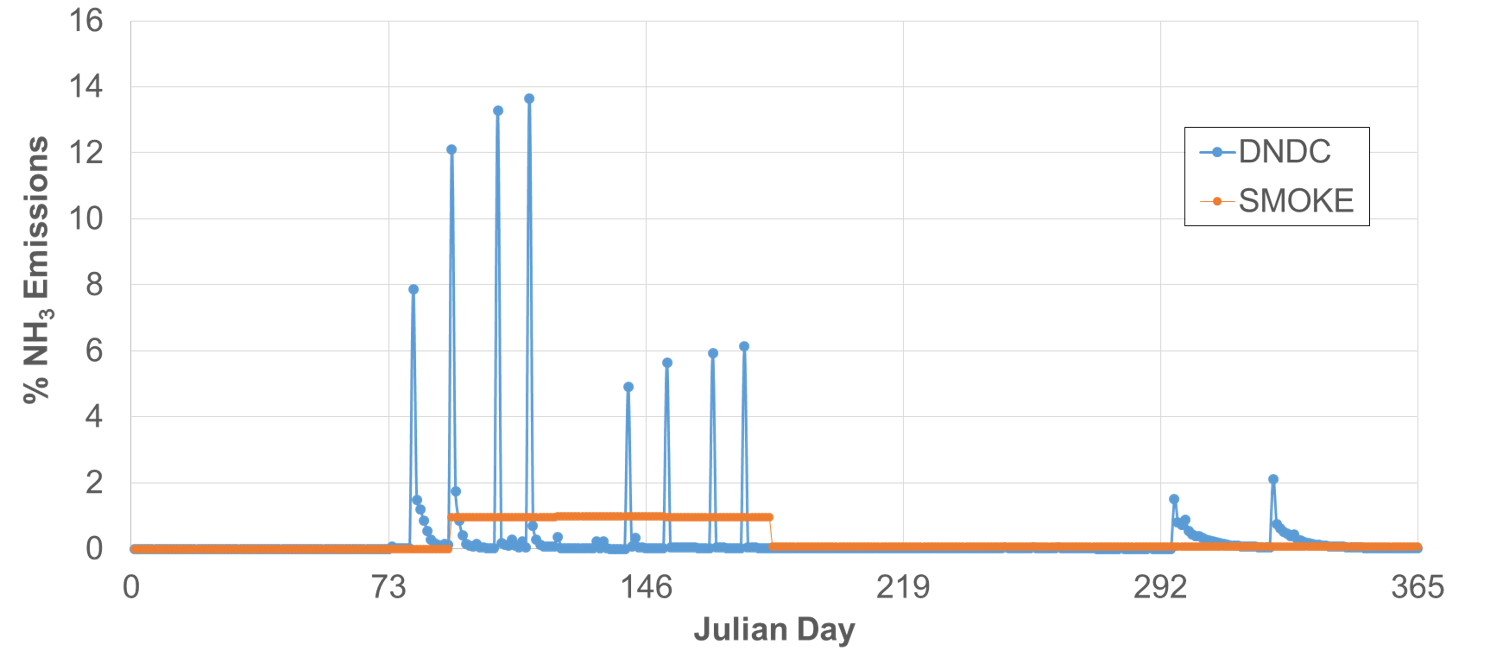Measurements of ammonia emissions from agricultural chemical fertilizer usage
Gaseous emissions of NH3 from volatilization following fertilizer application and throughout the 2014 growing season were measured in a maize field, in Central Illinois. NH3 fluxes above canopy were measured using the Relaxed Eddy Accumulation Method (REA). The method, originally introduced by Businger and Oncley (1989, J. Atmos. Ocean. Technol., 7:349-352) is based on conditional sampling of air masses, depending on the vertical motion of the atmosphere, as detected by a 3-dimensional sonic anemometer. Air is sampled through integrated samplers (denuders) for 4 hr periods.
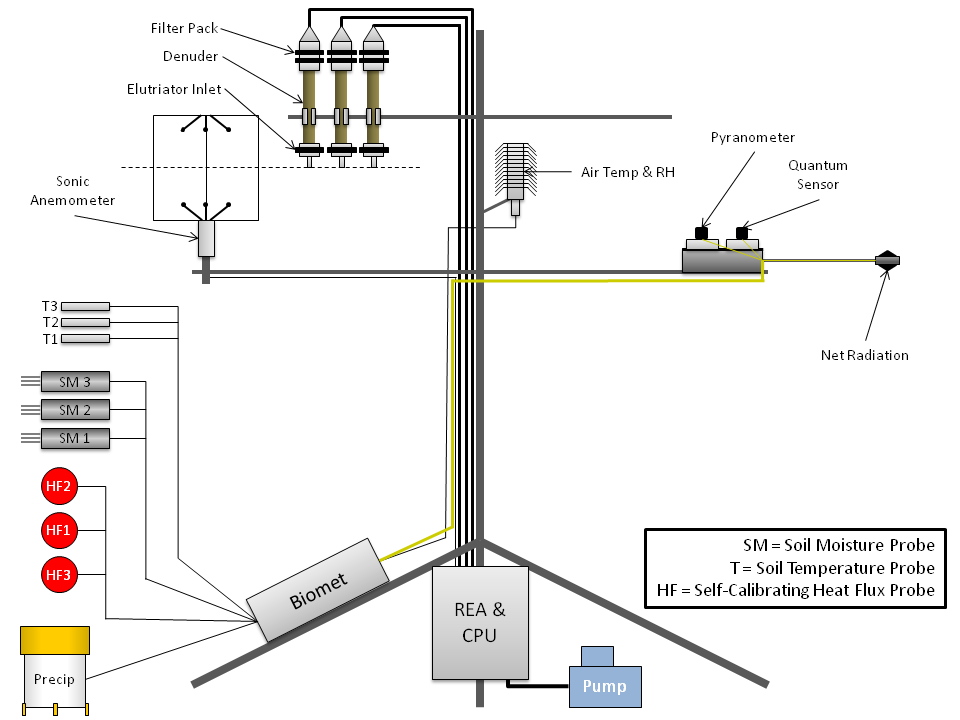
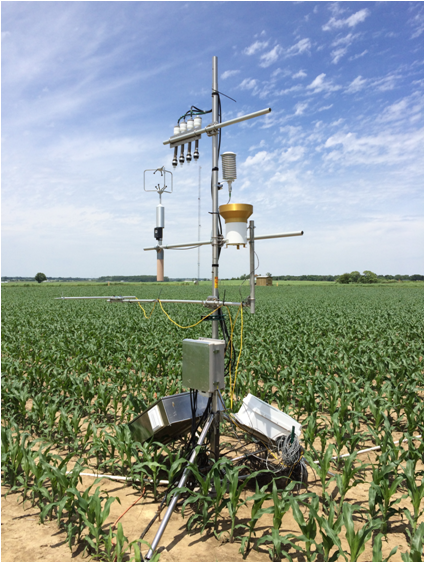
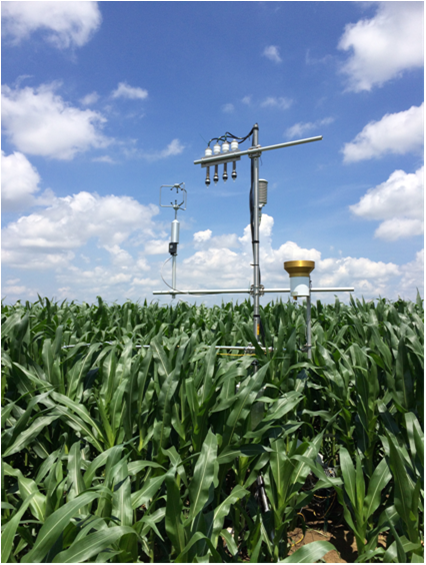
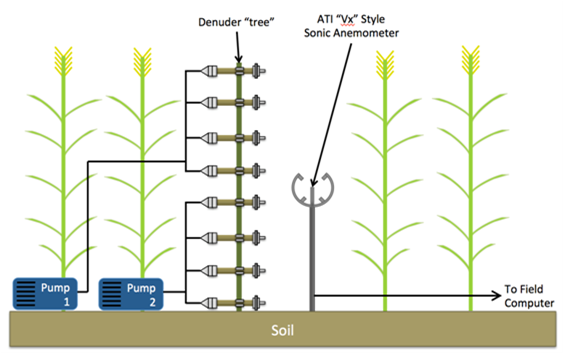
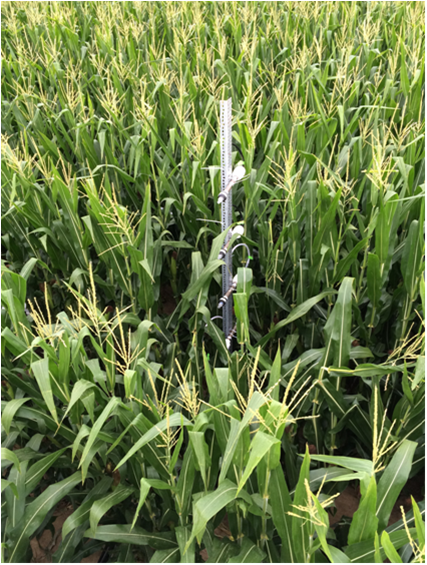
Modeling of NH3 emisssions from chemical fertilizer usage
Measurement of NH3 exchange between land and atmosphere is possible only in a limited number of locations. Modeling approaches are used to estimate NH3 emissions at the local, regional or global levels. Top down modeling approaches use available activity data (e.g. fertilizer sales) and emission factors (e.g., grams NH3 emitted per kilogram nitrogen equivalent applied for each fertilizer type) to estimate NH3 emissions. Process based models use detailed description of the physical, chemical and biological processes that lead to emissions of NH3 following fertilizer application.
